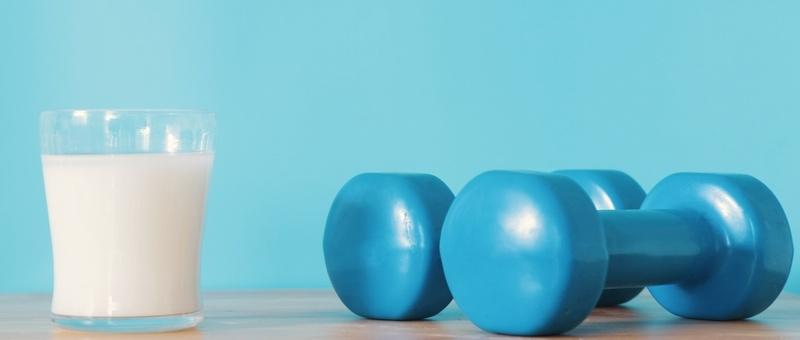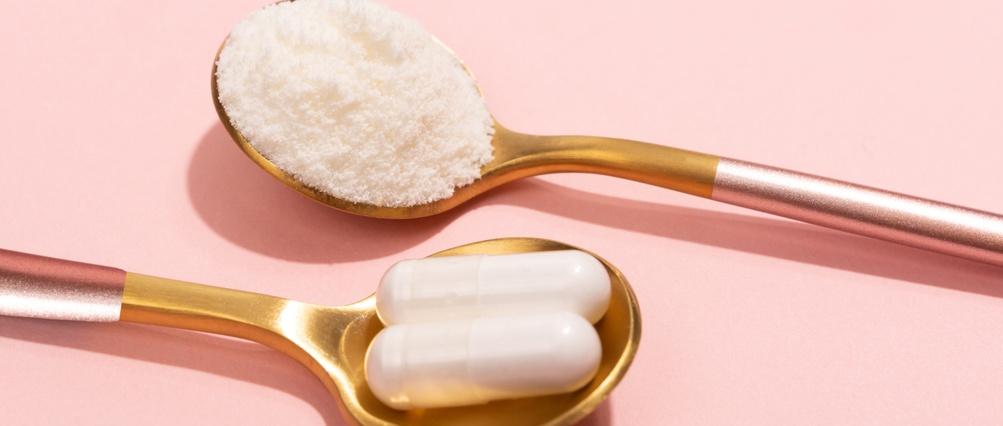
How to protect your joints as you get older
Peer reviewed by Dr Colin Tidy, MRCGPLast updated by Lawrence HigginsLast updated 7 Aug 2025
Meets Patient’s editorial guidelines
- DownloadDownload
- Share
- Language
- Discussion
As you get older, parts of your body can start to feel a bit stiff from time to time. Your joints keep you mobile and active so it's important to look after them and take extra care as you age to prevent damage.
In this article:
There are several factors that can affect your joint health and increase pain, but there are also several steps you can take to try to prevent unnecessary aches and to protect your bones and joints as you get older.
Continue reading below
Move more
A healthy lifestyle including exercise goes a great way to keeping your joints healthy.
Louisa Gunnee, from charity, Versus Arthritis, says: "Regular physical activity can reduce the chance of developing many long-term conditions, including musculoskeletal conditions, stroke, coronary heart disease, type 2 diabetes and mental health problems."
"If you already have a musculoskeletal condition, physical activity can be beneficial in helping to reduce the impact of the condition."
Gunnee explains that the average UK adult only does around one half the amount 150 minutes of moderate activity a week recommended by the NHS.
Dr Deborah Lee, of Dr Fox Online Pharmacy, agrees, adding that at least one half of age-related changes to bones, muscles, and joints are caused by inactivity.
"This is such a lost opportunity because regular exercise has numerous benefits. It slows the rate of bone loss, increases muscle strength and improves balance and co-ordination, making falls less likely," Lee explains.
"The best exercises are weight-bearing exercises that stress the long bones, such as brisk walking, weight training, or jogging. Exercising in water such as hydrotherapy, even though it is not weight bearing, is still beneficial as it can improve muscle strength, reduce joint pain, and improve joint mobility."
Dr Lee also suggests regular stretching can protect your bones and joints.
Looking after yourself
It's not all down to exercise either. There are several other factors that can affect the health of your joints, including some lifestyle choices.
Eating well, not smoking, cutting back on alcohol and maintaining a healthy weight can all reduce strain on your joints.
"There is no special diet to ward off arthritis. However, healthy joints require a balanced, nutritionally complete diet, full of fresh fruit and vegetables," Dr Lee says.
Lee suggests the Mediterranean diet is a good one to follow, consisting of lean red meat, fish, and poultry as well as healthy fats such as olive oil, sunflower oil, and other vegetable oils.
"The diet is rich in fruit and vegetables which contain large quantities of health-giving antioxidants. It also contains pulses, beans, legumes, nuts and seeds," she adds.
"There are unrefined carbohydrates, such as wholegrain bread, brown rice, and pasta - all of which release energy slowly and help you feel fuller for longer. The Mediterranean Diet has been shown to lower chronic inflammation and hence has a positive effect to reduce the symptoms associated with arthritis."
Continue reading below
Helpful extras
Both smoking and alcohol can lead to inflammation in the body, which can cause joint pain. It can also make exercise harder, which creates a cycle of less movement and more painful joints.
"When you drink alcohol, it can interfere with sleep. Getting enough good-quality sleep is vital for pain management and well-being for those with arthritis," Dr Lee adds.
Gunnee lists several foods and vitamins that can aid in healthy joints:
Omega-3 fatty acids, often found in foods like oily fish, can be helpful for those suffering from inflammatory arthritis.
Vitamin E is often found in plant oils, nuts and avocado. There is some evidence to suggest it prevents cell damage in the bones.
Vitamin D plays a vital role in strong and healthy bones and is mainly absorbed from the sun. The UK Government advises that everyone should take a daily vitamin D supplement during the autumn and winter.
Foods, including eggs and oily fish, also contain vitamin D sulfate and chondroitin supplements for osteoarthritis can also be helpful, Gunnee says.
"Many people take glucosamine sulfate tablets with or without added chondroitin for osteoarthritis," she says.
“Cartilage contains substances related to glucosamine and chondroitin, and taking supplements of these natural ingredients may nourish damaged cartilage. Research results are mixed but suggest that some people will benefit from this therapy."
Snap, crackle, pop
Our joints are protected by a layer of smoothy, slippery cartilage to help them move freely. It prevents our bones from rubbing against each other - for example, your knees, shoulders and hips.
But as we get older that cartilage can become rougher and thinner, caused by a condition known as osteoarthritis.
It is the most common condition that causes joint pain as we age. It can affect any joint in the body but is most likely to affect the joints that bear the most weight such as the knees and feet, Gunnee explains.
"In a healthy joint, a coating of tough but smooth and slippery tissue, called cartilage, covers the surface of the bones and helps the bones to move freely against each other," she says. "When a joint develops osteoarthritis, part of the cartilage thins and the surface becomes rougher. This means the joint doesn't move as smoothly as it should.
"When cartilage becomes worn or damaged, all the tissues within the joint become more active than normal as the body tries to repair the damage. The repair processes may change the structure of the joint, but will often allow the joint to work normally and without any pain and stiffness.
"However, the repair processes don't always work so well and changes to the joint structure can sometimes cause or contribute to symptoms such as pain, swelling or difficulty in moving the joint normally."
Dr Lee adds that there are several other conditions that can cause joint pain, including:
Osteomalacia, a condition which causes some bones to become soft and fracture easily. It is caused by vitamin D deficiency.
Osteoporosis, a condition in which bones become less dense and more brittle, and fracture easily.
Rheumatoid arthritis (RA) and psoriatic arthritis, autoimmune conditions that cause the body's own antibodies to attack the joints, causing inflammation, pain and joint swelling.
Muscle wasting - a loss of muscle tissue is an inevitable consequence of ageing, as the body becomes less efficient at producing new muscle tissue. Keeping active is key to countering age-related muscle loss.
Don't suffer in silence
There are general aches and pains as we age, and then there is pain that shouldn't be ignored. If your joints are causing you continuous discomfort and it's affecting your daily life you should seek help to manage the pain.
Versus Arthritis provides a range of helpful advice and resources for people with joint pain.
"You don't need to face arthritis alone," Gunnee says. "We also have a fantastic online community - whether you want to share your own experiences of managing arthritis, or learn more about the challenges and successes others have experienced, this connects you with real people who share the same everyday experiences."
You can also speak with your local pharmacist about pain management solutions for your joints. But if it is more serious and requires more than painkillers, it's best to book an appointment with your doctor.
Patient picks for Joint health

Diet and nutrition
Can collagen supplements boost your health?
As we age, our body's natural collagen production decreases. This fact has prompted many people to consider taking collagen supplements - not only for their cosmetic benefits but for potential health improvements too.
by Victoria Raw

Bones, joints and muscles
Joint pain - is it bursitis?
Bursitis is a common cause of painful, swollen, and tender joints. It's sometimes caused by repeated movements that place pressure on your joints - like kneeling or elbow-leaning - and can affect different parts of your body.
by Dr Sarah Jarvis MBE, FRCGP
Continue reading below
Article history
The information on this page is peer reviewed by qualified clinicians.
Next review due: 7 Aug 2028
7 Aug 2025 | Latest version
18 Jun 2021 | Originally published
Authored by:
Andrea Downey

Ask, share, connect.
Browse discussions, ask questions, and share experiences across hundreds of health topics.

Feeling unwell?
Assess your symptoms online for free
Sign up to the Patient newsletter
Your weekly dose of clear, trustworthy health advice - written to help you feel informed, confident and in control.
By subscribing you accept our Privacy Policy. You can unsubscribe at any time. We never sell your data.